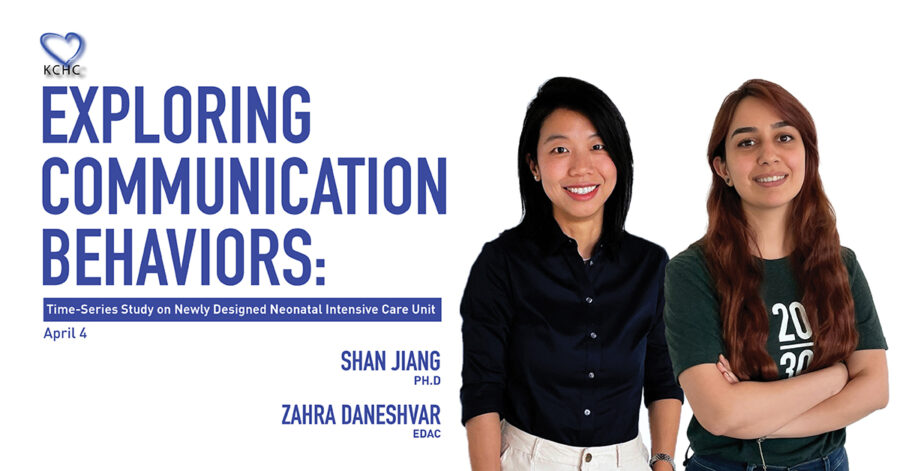Insights
Apr 17, 2024 _ insights
Neighborhoods of Care: Enhancing NICU Design for Better Communication
Space shapes behavior. For architects, this is a fundamental truth that not only gives meaning to our design decisions, but it is one we see confirmed daily through the impact of our designs.
Design decisions can connect people. They can also isolate. This is a concern with current developments in the design of Neonatal Intensive Care Units (NICUs). As new NICUs are built and old ones are renovated, many are embracing the concept of single-family rooms. There is a good reason for this. Single family rooms not only provide privacy and comfort, but they’ve been associated with positive health outcomes for patients and their families.
However, as design has trended in this direction, the perception has developed that it leads to decreased collaboration and increased isolation. To investigate this concern, we participated in a multidisciplinary research project led by Lindsay Fay (University of Kentucky) and Sarah Julien-Bell (University of Illinois at Urbana-Champaign) to study the amount of time healthcare staff in Single Family Room NICUs spent communicating with each other and patients. GBBN led the data analyses efforts and Zahra Hajibabaei (University of Kentucky) used Space Syntax (space analysis software) to compare the old and new NICU spatial configurations.
We found that Single Family Room NICU design, guided by the “neighborhood” model with decentralized nurse stations and huddles, did not see a significant difference in the amount of communication or isolation that healthcare workers experienced.
Some of our findings include the following:
- The exploratory analysis reveals that face-to-face communication remains the primary mode of communication among healthcare providers. Across all healthcare providers we observed, face-to-face communication occurred an average of 31.5 minutes out of every 90 minutes. Communication via technology occurred an average of 7 minutes of those same 90 minutes.
- While communication modes were equal across healthcare providers, variations in face-to-face communication topics varied among staff roles. Nurses, respiratory therapists, and nursing care technicians spend more time engaging in informal talk.
Our research was recently presented at the Kentucky Conference on Health Communication. See the presentation here.
Acknowledgements:
The design of UK HealthCare’s Kentucky Children’s Hospital Neonatal Intensive Care Unit was a collaborative effort between HGA and GBBN. The research and data collection were facilitated by Shannon Haynes, Patient Care Manager at UK HealthCare.
The full research team includes:
- Lindsey Fay, Associate Professor, Associate Dean for Research and Director of Graduate Studies at UK College of Design
- Sarah Julien-Bell, Director of Institutional Effectiveness at Mount Carmel College of Nursing, University of Illinois Urbana-Champaign
- Shan Jiang, Ph.D, Associate | Director of Research at GBBN
- Zahra Daneshvar, Interior Designer & Researcher at GBBN
- Zahra Hajibabaei, Graduate Research Assistant at School of Interiors, UK College of Design




